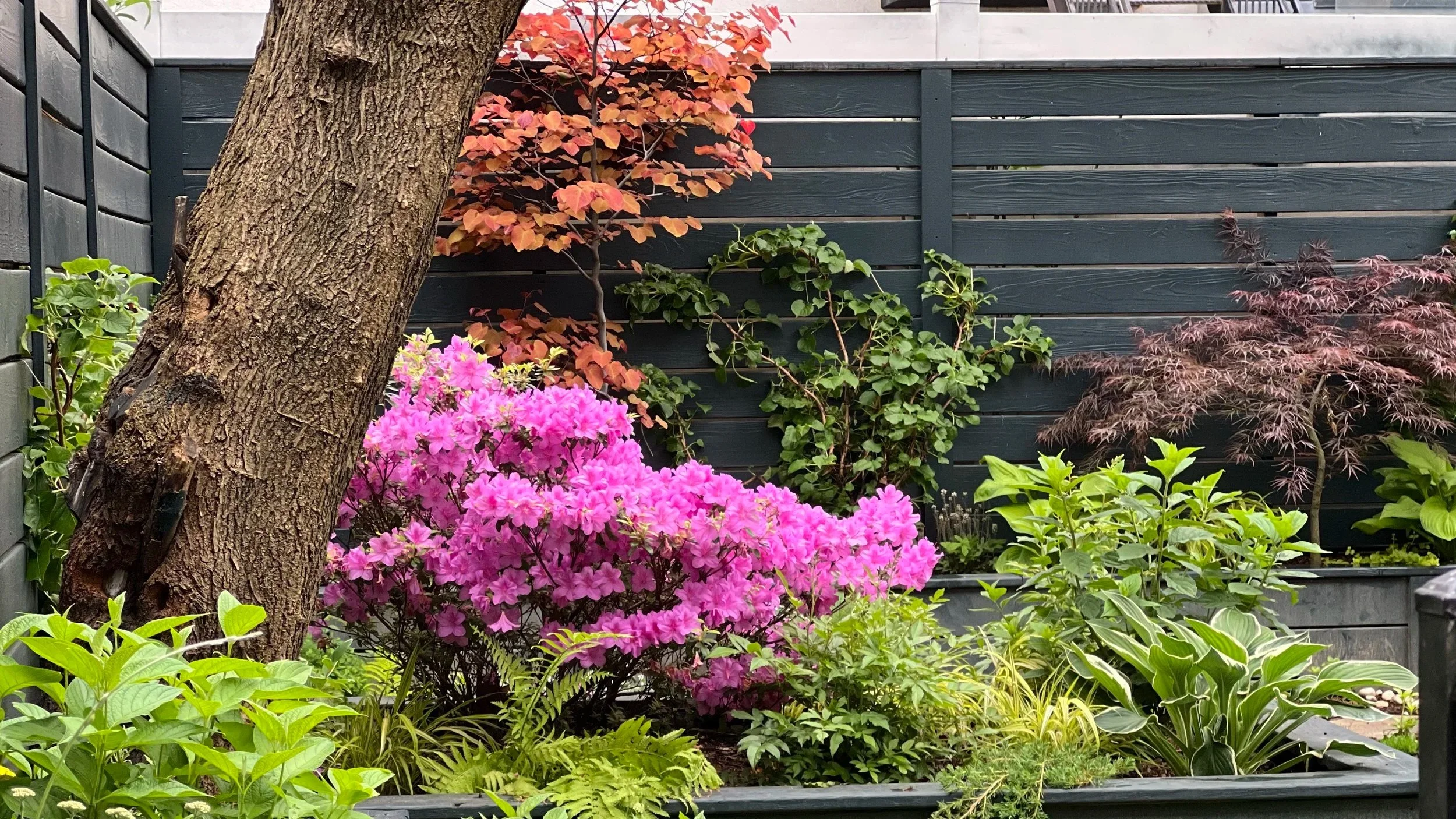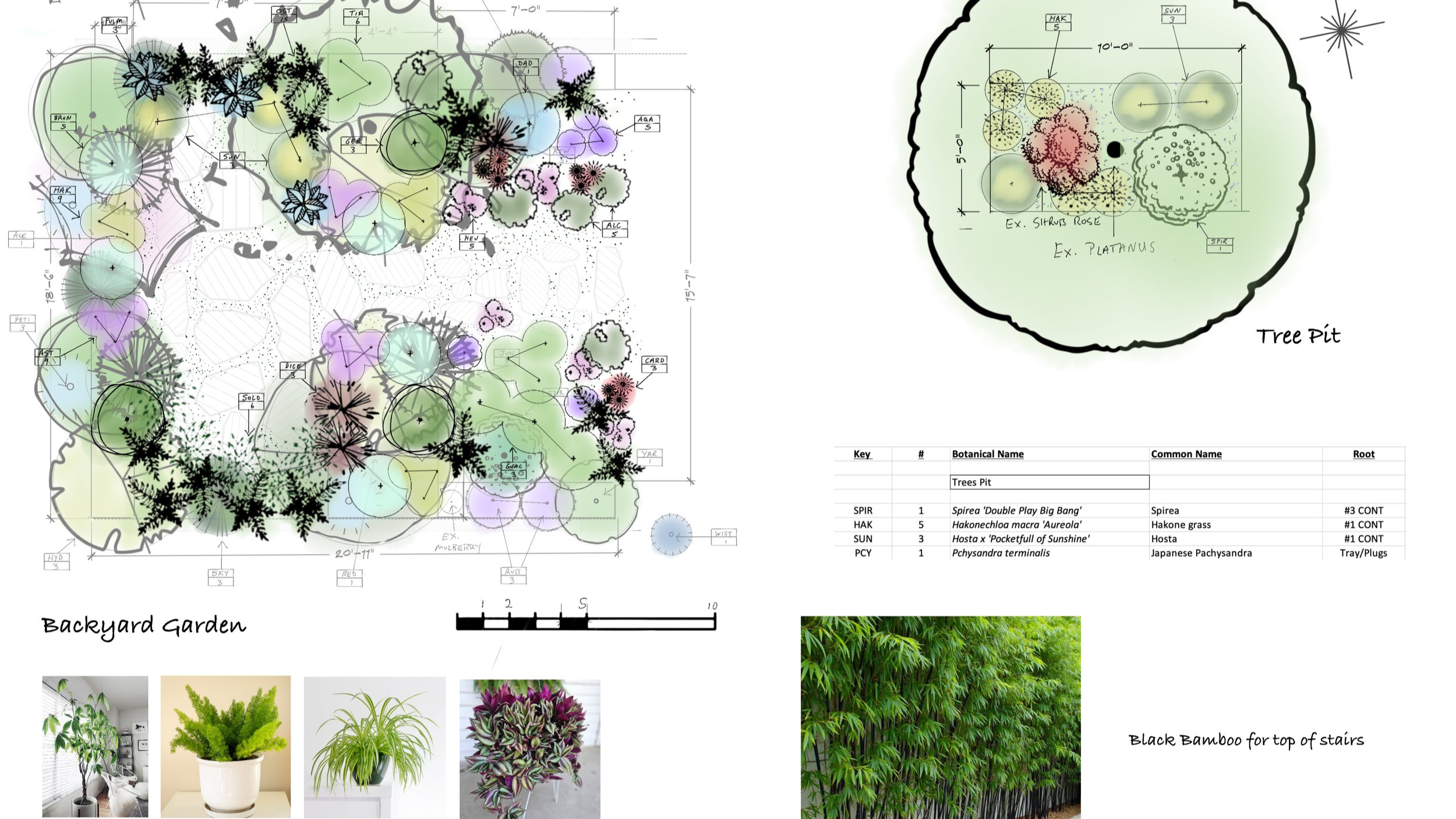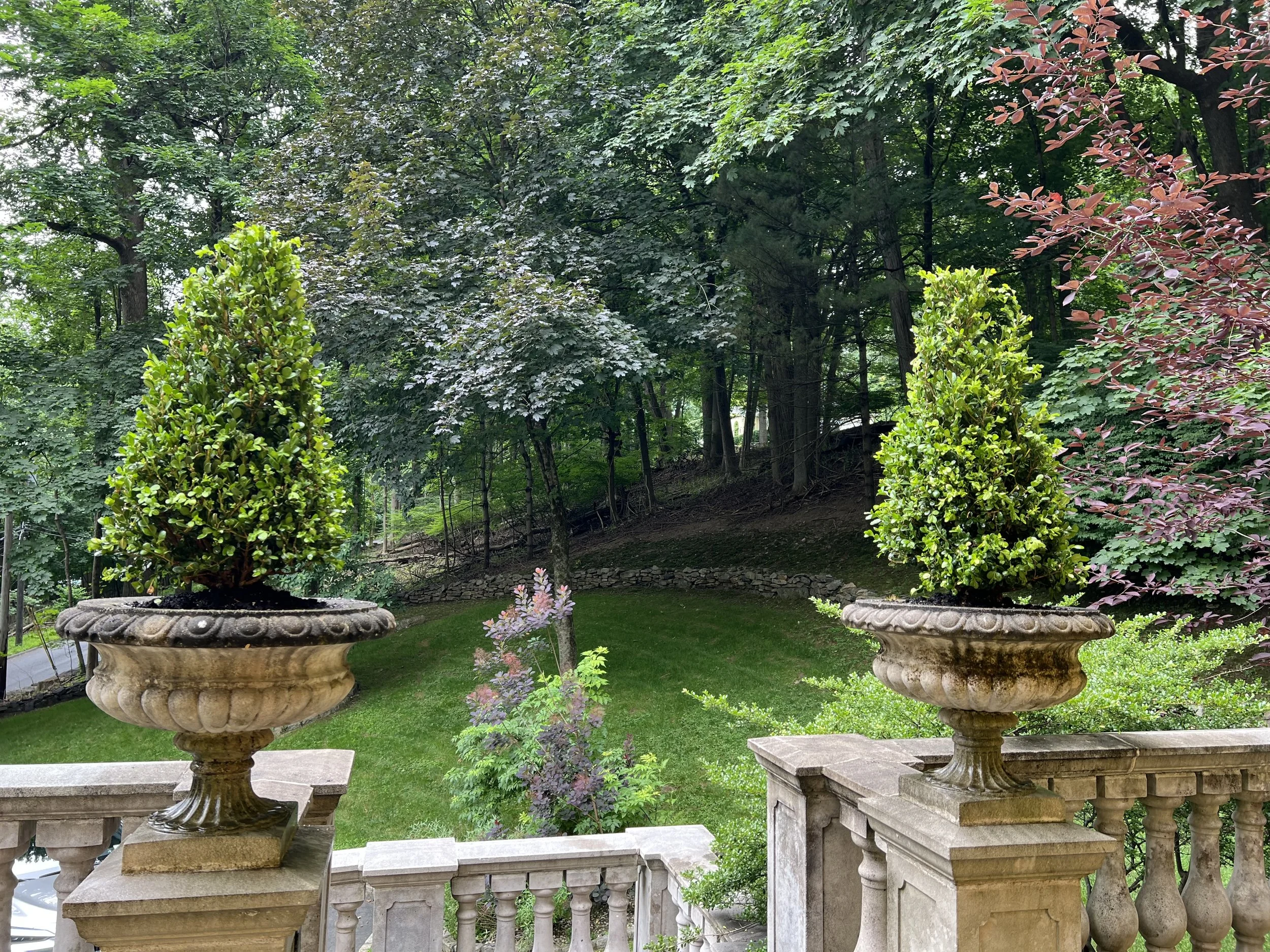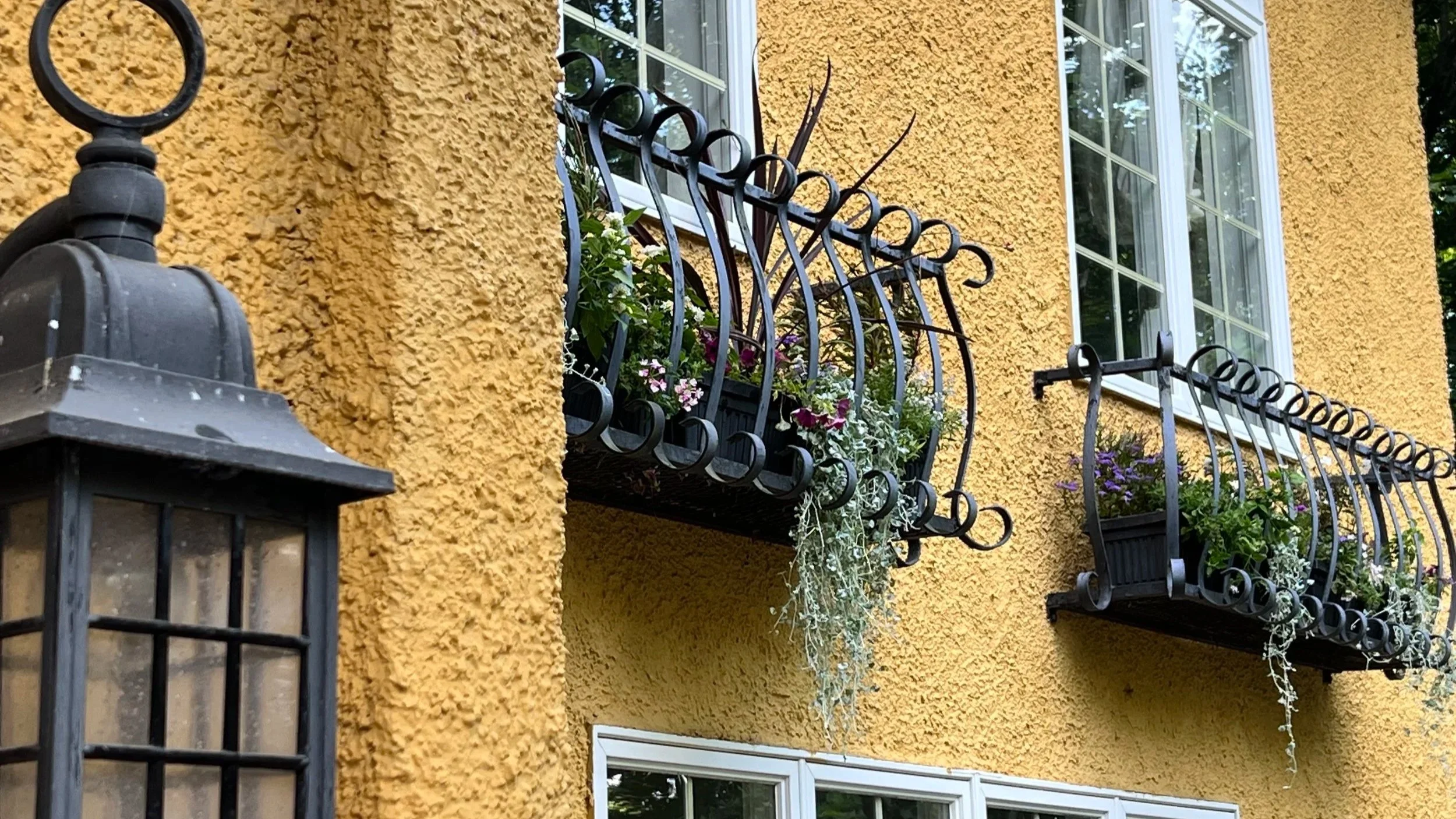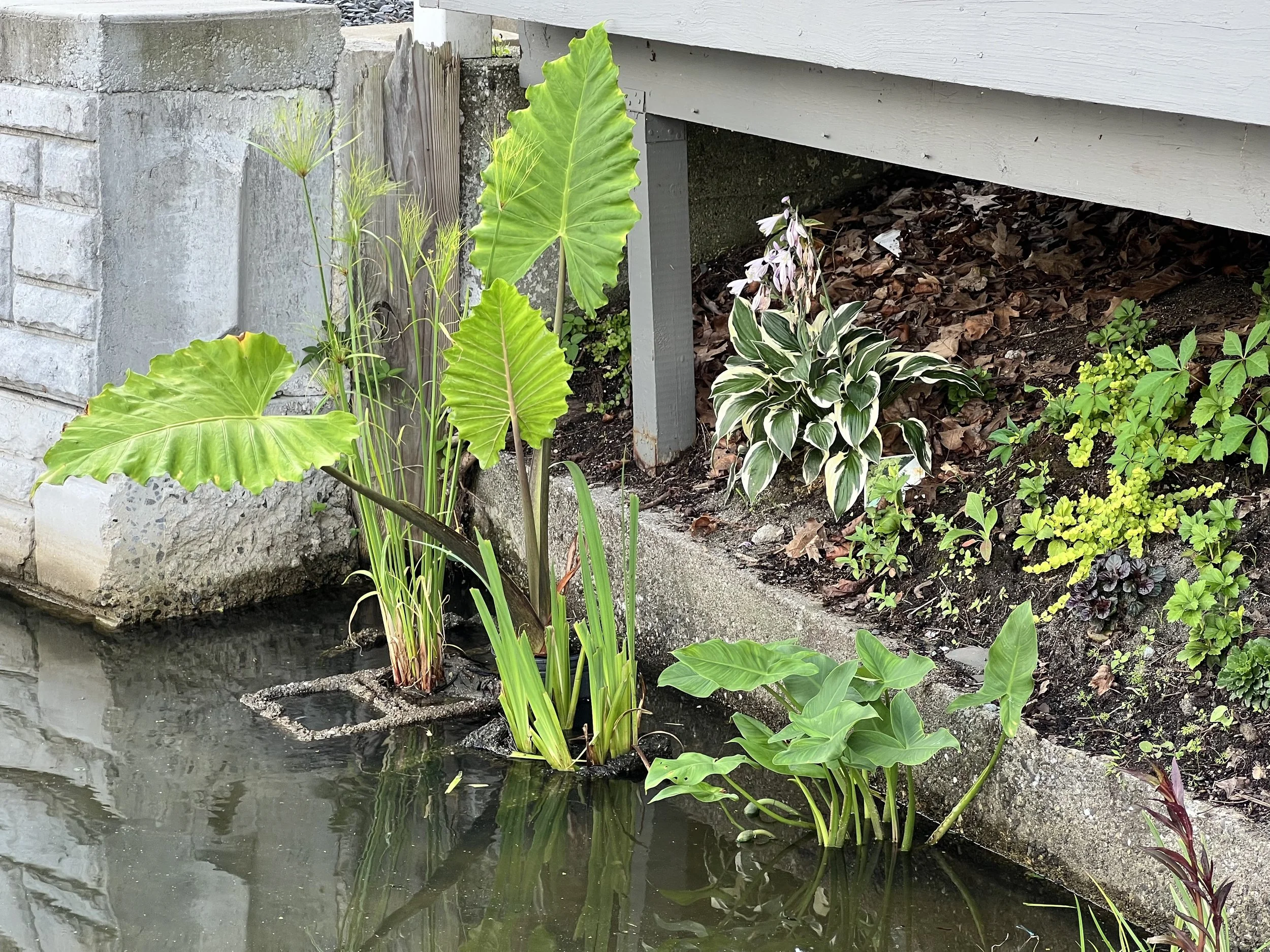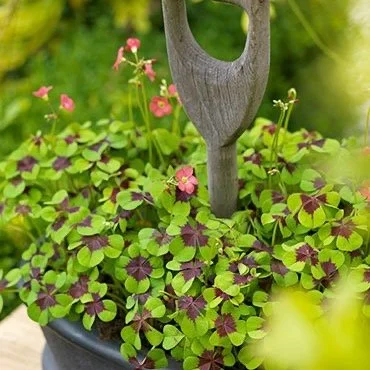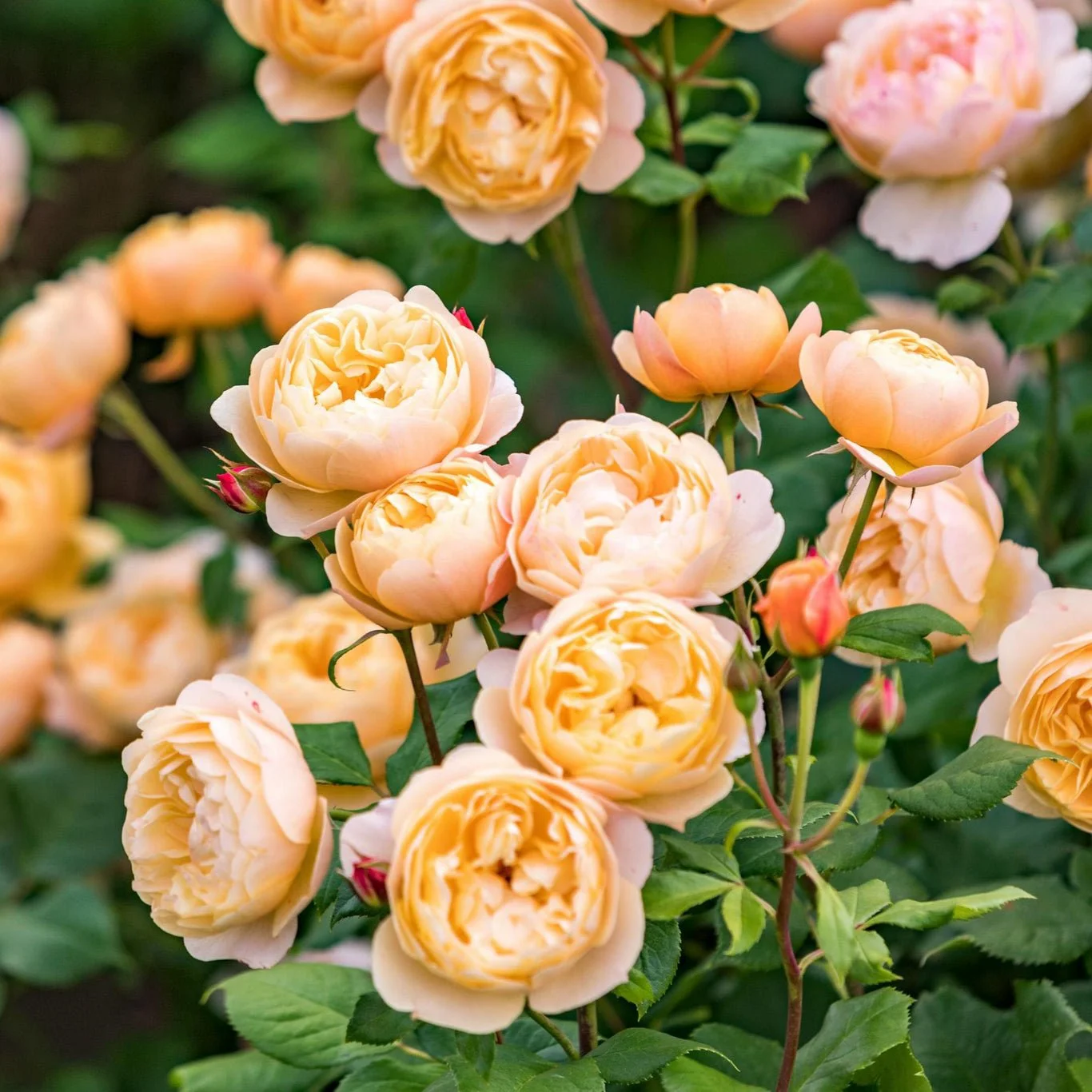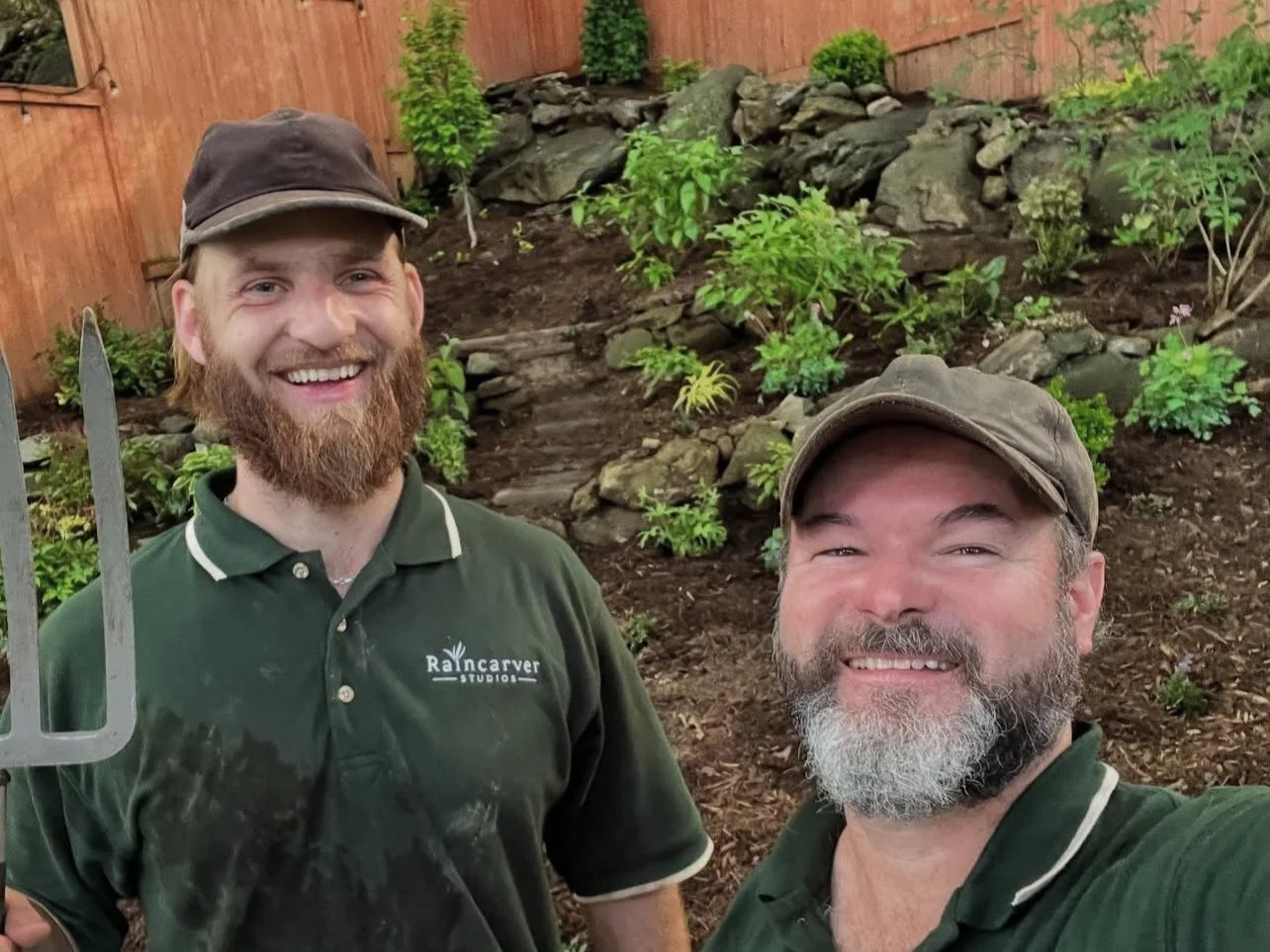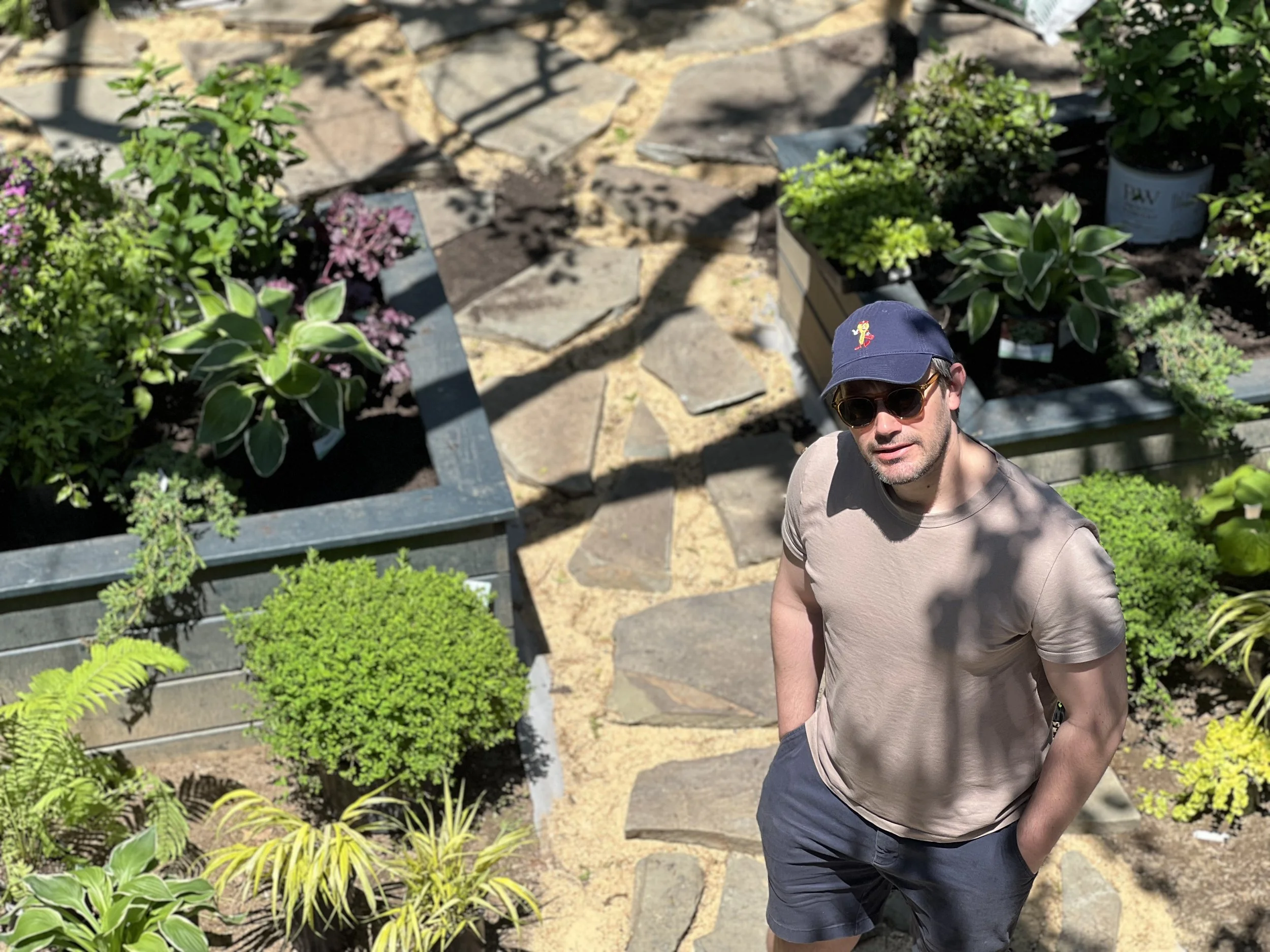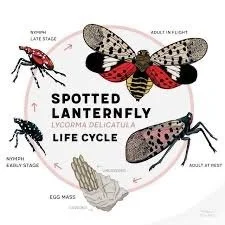Gardening Tips for Late Summer
Hudson Valley wildflowers
Late Summer Gardening
It’s hard to believe we’ve been gardening furiously for five months and that it’s August and we’ve already passed through the dog days of summer earlier this week. I always wondered about that phrase, and I just learned that “dog days of summer” can be traced back thousands of years to the Greeks and Romans. It encompasses a period of roughly 20 days prior and 20 days after the star Sirius rises and falls in conjunction with the sun (July 03 through August 11) and is marked by weeks of intense heat and drought—and because of this, it is steeped in mythology, omens, lore, and a real need to water our gardens!
Now that it’s late summer, it’s a good time to slow down and take a deep breath, show gratitude for the warmth and light, and take stock of all we’ve done and all we still want to accomplish in the remaining growing season. Passing through another seasonal threshold, it’s also time to plan for fall— to consider additional plantings and to schedule end-of-season maintenance for fall clean-up and winterizing (even though it’s hard to think about that right now with everything in bloom)!
What are your plans for fall? Want to schedule some time with me in the garden?
Scroll on for late summer gardening tips and to see photos from some of our exciting projects this season…
New Brooklyn backyard garden installed in spring
Wait, what is Raincarver?…
Unless you are already a client, this may be the first you are hearing from Raincarver Studios, but you probably already know me as a friend, an artist, from around the neighborhood, or from previous gardening projects. Although I’ve been a professional horticulturalist in the New York Metro area since 2006 (and have gardened in different capacities throughout my life), this is my debut year with my own solo design practice. I’ve been planning it since the beginning of the pandemic, and this was the year to launch.
Below are some highlights from the first season of Raincarver Studios…
Above: Brooklyn backyard BEFORE…
… and (above and below) AFTER!
Below: Design and plant schedule for Brooklyn backyard
And just a few more highlights from spring and summer…
Above: A formal garden with topiary urns in Briarcliff Manor
Another view (above and below), topiary with window boxes in Briarcliff Manor
A unique under dock planting challenge in Greenwood Lake (below) using both perennials and annuals for coverage and to protect against invasive species.
Explore more at Raincarver Studios:
Below: two new favorites used in container plantings this year—Iron Cross Oxalis from Dutch Grown and Roald Dahl English Shrub Rose by David Austin.
Learn more about what Raincarver Studio offers:
Last, but not least, some of the awesome gardeners I had the chance to work with this spring…
Above: planting a rocky shade garden in The Bronx with Jackson Reeves-Henning (where we also premiered our new Raincarver Studios polos :)
Above: I was excited to work once again with long-time friend and top-tier horticulturalist, Cayleb Long on the garden in Bed-Stuy (along with Jackson and Andrew Juhl.) We hauled all those stones up, through, and down a Brooklyn brownstone, one-by-one. Whew!
Tip: Find a broken palate of paver stones at a local nursery to save money and get a natural organic look for a garden path. Shout out to Sloatsburg Nursery for this one.
Now without further ado…
Top 10 Tips from the Most Commonly Asked Gardening Questions this Season*
Summer is a season that seems impossible to keep up with, and for me, that’s mostly because of weeds and watering. But here are a few things we can think about and do:
WATER – It’s better in summer to stay consistent and always better to water more deeply but less frequently rather than shallow watering every day. Especially with meadow or native plantings, where roots grow deep, a little resilience training goes a long way to long-term survival. I love a timer on a drip irrigation or sprinkler system, but in summer, good old hand watering really helps to give the long pour the garden needs. And it’s a great time to observe and meditate in your garden, to slow your own rhymths down for a minute. Remember that we are meant to move slower in summer and winter when we are in natural cycles.
NEW GARDENS – Unlike established gardens which become more drought tolerant with time, new gardens need a little extra care in their first year as they are establishing. Don’t let them dry out.
WEEDS (part 1) – Pulling weeds out by the roots is preferred, especially with those that spread by underground runners, but when we are overwhelmed, sometimes our best bet is to weed whack large areas. However we approach it, the main thing is to not let them go to flower and seed. Remember the saying: One year to seed, seven years to weed! As a last resort (for poison ivy, knotweed, and other persistent aggressors), sometimes a spray is needed. I avoid chemicals and anything that can harm pollinators, critters, and the water supply. My top recommendations are salt/vinegar concoctions or other non-toxic options available from brands like ECO or Natria. I know many gardeners (not me!) that think of weeding as a meditative practice. If that’s you, go for it and enjoy.
WEEDS (part 2): CANOPY CLOSURE – A great approach to weed control is to plant densely. We are all used to reading the instructions on plant labels that tell us how much space to give plants, and that serves a good purpose, especially with shrubs and trees, but with perennials and annuals, I say pack them in tight. The sooner you can achieve a density referred to as “canopy closure” the better. Canopy closure is where you see only plants and no bare soil. This is a natural and beautiful way to dissuade weeds by out competing them with the plants you want. And in doing so, we create these little micro-climates that benefit all the plants, helping them retain moisture, share resources, and protect one another from the elements. Of course, this approach doesn’t work for more minimal design plans or on a budget where you’re investing in plants to spread for eventual coverage, but if you are like me and love dense, lush (and a bit wild) beds, this is a great way to control weeds at the same time. The task later becomes thinning out when things get too dense, but you can make lots of friends by giving away extra plants from your garden, or you can move them to another spot you want to begin to cultivate.
WEEDS (part 3): COMPOST & MULCH – Compost and natural un-dyed (responsibly sourced) mulch is the best cure-all for adding nutrients into the soil, improving soil quality and its ability to retain but also drain moisture, and is the best natural weed barrier. Mulch protects the plants we want and keeps new plants from seeding in. Mulch breaks down over a season, so it’s important to replace it each year, but if you live among trees, leave the leaves. You can even mow them or use a leaf shredder and use them as a natural and free source of rich mulch. There’s nothing better for your soil. And remember that soil mediates almost all of a plants processes except for light. It regulates underground air, temperature, water, and nutrients, so good soil is the basic building block of any garden. Don’t neglect it.
DEADHEADING – Deadheading is the process of cutting off spent flower heads before they go to seed. While there is slightly different approach depending on the plant, the goal is to force more flowers to continue blooming, especially with annuals. The whole strategy of an annual is to produce as many seeds as possible. An annual’s entire life cycle is one growing season, so it’s up to future generations to carry on. I usually deadhead until the end of summer, but by fall, I allow the remaining flowers to go to seed, so the plant can finish its cycle. I then collect seeds for planting. But remember to always leave enough for others. Many critters also depend on seeds for food. And many plants self-seed into your garden on their own, so collaborate with nature and see what happens.
ROSES & PESTS – Lantern flies! OMG, they have destroyed so many of my roses this year, but now is the time for bouncing back. Vinegar, Neem Oil, Peppermint spray all help, but now that the nymph feeding frenzy (and caterpillars) are mostly done, it’s time for recovery with some late summer/early fall rejuvenation. Remember, roses in containers require more frequent watering than roses in the ground. And be grateful for any bats you see. They eat those pesky lantern flies. Also, remove any Tree of Heaven (botanical name Ailanthus, that A Tree Grows in Brooklyn tree) which is itself invasive and plays host for lantern flies. Replace it with milkweed, which while supporting the entire life cycle of monarch butterflies (who only eat milkweed and lay their eggs on its leaves), it will also serve as poison to any lantern flies (who will die if they eat its milky sap).
PLAN AHEAD – The next season is always right around the corner. What do you want to plant in fall? Remember that many perennials do well if planted in early fall and have time to establish before winter dormancy. Bulbs planted in fall dazzle us in spring, and many seeds need a period of cold, wet winter conditions (poppies, milkweed, coneflower, sunflower, etc.) in order to break their dormancy and sprout in spring.
PATIENCE – Gardening teaches us humility and patience, and it’s always good to remember that new gardens are a leap of faith. We don’t really know what we have until next spring when we see how things come back and spread. It takes three years for a garden to really settle. If you’ve ever looked at any plants on Instagram, I’m sure you’ve been pushed some content saying, “first year sleep, second year creep, and third year leap,” and it’s really true of any new plantings. It’s also true for any of us who relocate anywhere really.
WATER (part 2) – Because it’s summer, and it’s hot out, this is a good reminder again to stay hydrated. That’s good advice for the gardener as well as the garden. Plants and humans aren’t really that different. In summer, water loss occurs through evaporation and transpiration (plants sweat just like us) which is why a deeper watering is important. Much of the surface water will be lost as well as much of the plants’ water through transpiration (a self-cooling system), so when you water in summer, give it a good soaking. And side note, many plants droop or wilt during the hot part of the day (take a look at Black-Eyed Susans or Hydrangeas at noon). This is a natural process and shouldn’t be cause for alarm as long as they are perkier in the mornings and evenings. Don’t “panic water” them while it’s peak hot out; they are just conserving resources. We could learn something from them too. Work harder in the mornings and late afternoons in your garden and rest during the hotter times. Stay cool!
* Please feel free to forward this along to anyone you think might appreciate or benefit from this content or would like to receive these seasonal updates and tips.
Have a question for me? Email me at tom@raincarver.com
Above: Ailanthus, Tree of Heaven & Lantern Fly Life Cycle
And finally, a view of my own quiet little woodland garden (above)…
More to come in fall. I plan to move with the seasons and send a quarterly update, so stay tuned. Meanwhile, you can always check out what I am up to at my website or on Instagram. Sending good summer vibes to everyone and can’t wait to continue sharing this new adventure with you all. More soon! – ♡ TOM
TOM PEARSON
Principal Landscape Designer & Horticulturalist





